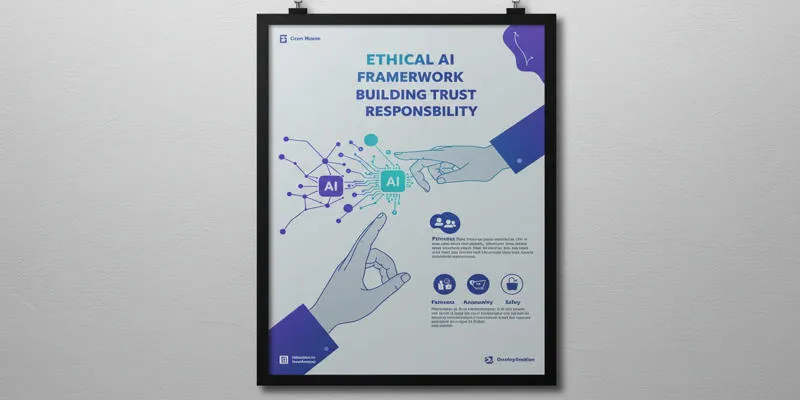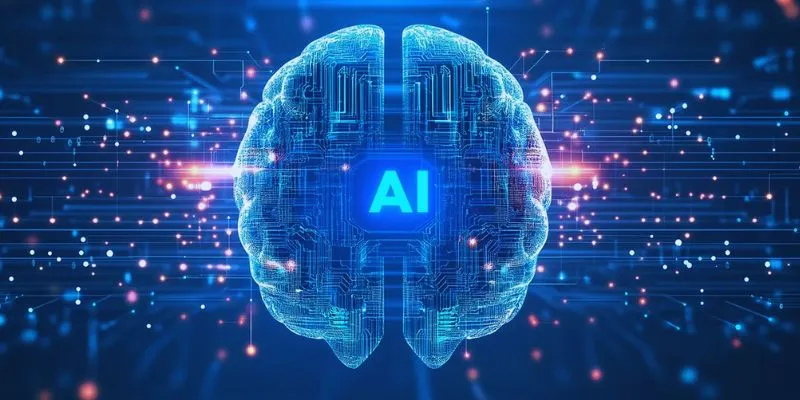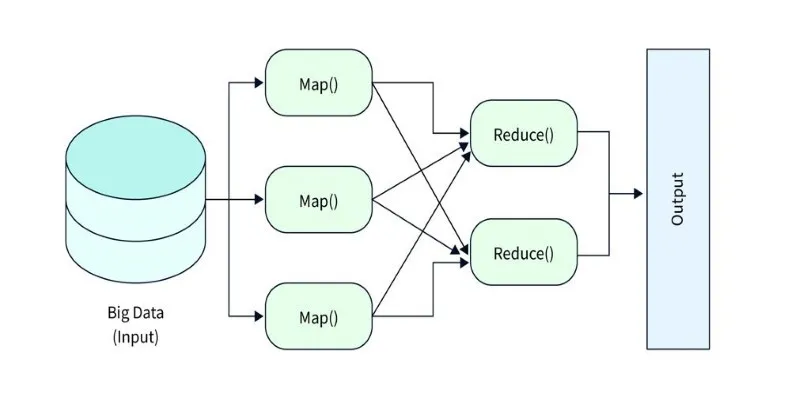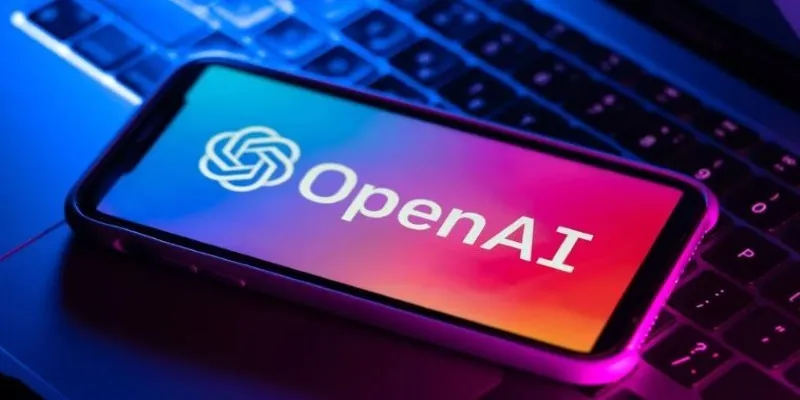Artificial Intelligence isn’t waiting for us to catch up — it’s already here, quietly shaping how we live, work, and connect. But while technology races forward, the rules that guide it are still finding their way. Who decides what’s fair, safe, or ethical in a world run by algorithms? That’s where AI Regulations and Policies come in. The global conversation around these rules is anything but simple.
Different countries see AI through very different lenses — shaped by culture, politics, and values. This isn’t just about technology; it’s about trust, control, and the future we want to build together.
The Urgency Behind AI Regulations and Policies
AI is more than a passing trend; it’s reshaping privacy, jobs, security, and human rights. Because of its wide-reaching impact, there is a growing need for AI Regulations and Policies. Without clear rules, AI could deepen discrimination, compromise privacy, or be misused in harmful ways, making global efforts to regulate and guide its development more urgent than ever.
Governments face the tough challenge of balancing innovation with responsibility. On one side, overregulation may delay progress and prevent smaller nations or businesses from competing in the world. On the other hand, underregulation encourages risks—both moral and pragmatic. AI has the ability to create fake news, produce deepfakes, or make life-changing decisions in finance and medicine without transparent accountability.
Data protection laws are often the starting point. Countries like the European Union have led with their General Data Protection Regulation (GDPR), influencing how companies handle personal data in AI systems. The United States, while strong in innovation, still lacks a comprehensive federal AI regulation framework. China, meanwhile, takes a highly controlled approach, shaping its AI sector with strict government oversight and ensuring alignment with state interests.
This fragmented approach creates complex challenges for companies operating globally. What’s legal and acceptable in one country might lead to penalties in another. It’s clear that while local regulations are necessary, a global conversation is equally vital.
Global Perspectives on AI Governance
Looking at AI Regulations and Policies from a worldwide angle reveals a mix of strategies, priorities, and philosophies.

The European Union is often seen as a leader in ethical AI regulation. Its proposed Artificial Intelligence Act classifies AI applications based on risk categories — from minimal to unacceptable. High-risk AI systems, like those used in hiring or facial recognition, would require strict compliance, transparency, and human oversight. The EU’s approach focuses heavily on safeguarding human rights and maintaining trust in technology.
The regulatory environment in the United States is still evolving. Agencies like the Federal Trade Commission (FTC) have started addressing specific AI concerns, especially related to privacy and discrimination. However, there is no single comprehensive law for AI yet. Instead, industry self-regulation and state-level initiatives, like California’s privacy laws, are filling the gap.
China presents a different model. Its AI Regulations and Policies reflect its broader strategy of technological dominance combined with strong state control. AI companies in China must align their innovations with government- approved standards. Content moderation, algorithm transparency, and restrictions on data use are tightly enforced, especially in sectors like social media and finance.
Elsewhere, countries like Canada, Japan, and Australia are developing frameworks that emphasize fairness, transparency, and human-centric AI. To align their efforts, these regions are participating in global forums like the OECD and the G7.
Developing countries face additional challenges. With limited resources and technological infrastructure, these nations struggle to keep up with rapid AI growth. Their regulatory focus often leans toward ethical guidelines and capacity building rather than strict legal frameworks. Global Perspectives show that collaboration between developed and developing nations is necessary to avoid deepening the digital divide.
The Future of Harmonized AI Regulations
One of the key debates in AI Regulations and Policies is whether we will ever see a unified global framework. Technology companies often advocate for common standards to simplify compliance. However, political differences and economic competition make this difficult.

International organizations like the United Nations, OECD, and World Economic Forum have started to propose ethical guidelines and best practices for AI governance. Yet, these guidelines are non-binding. The real challenge is turning them into enforceable rules across borders.
A critical area of focus is algorithmic transparency — making AI decision- making understandable and traceable. This is crucial for industries like healthcare, finance, and law enforcement, where decisions directly affect people’s lives. Another emerging area is AI safety in autonomous systems — such as self-driving cars or military drones. Clear rules for accountability and human oversight are essential.
There’s also increasing pressure on technology companies to build AI ethics into their product design from the start. This practice, known as “Ethics by Design,” ensures that compliance is not an afterthought but a core part of AI development.
Some experts argue that AI governance should follow a layered approach — combining local regulations with global agreements on fundamental principles like human rights, safety, and fairness. This approach respects cultural diversity while maintaining universal safeguards.
Global Perspectives on AI governance highlight that while the technology is global, its regulation is still largely local. Bridging this gap will require trust, cooperation, and shared responsibility between governments, companies, and civil society.
Conclusion
AI Regulations and Policies are essential for shaping the future of artificial intelligence in a way that benefits society while managing its risks. The diverse Global Perspectives reveal a range of approaches, from Europe’s stringent ethical frameworks to the U.S.’s focus on innovation and China’s state-controlled model. While the lack of a unified global framework presents challenges, the push for collaboration and shared ethical guidelines offers hope for a more harmonious future. As AI continues to evolve, it’s clear that well-balanced regulations, with respect to both local needs and global principles, will be key to ensuring responsible and sustainable development worldwide.
 zfn9
zfn9























